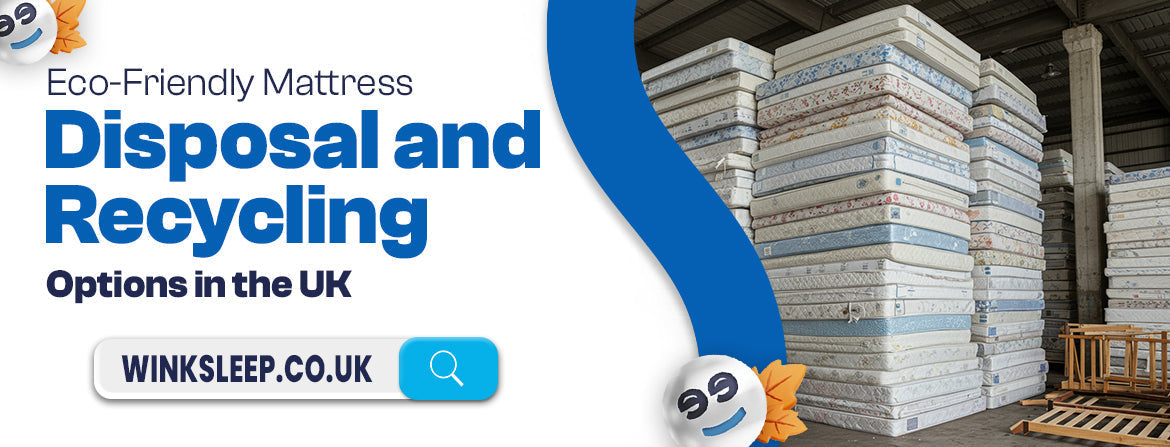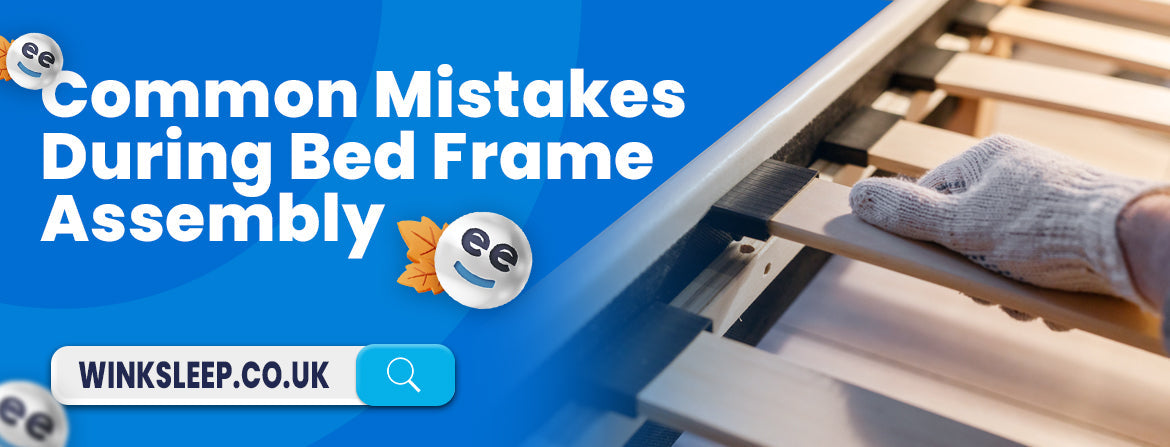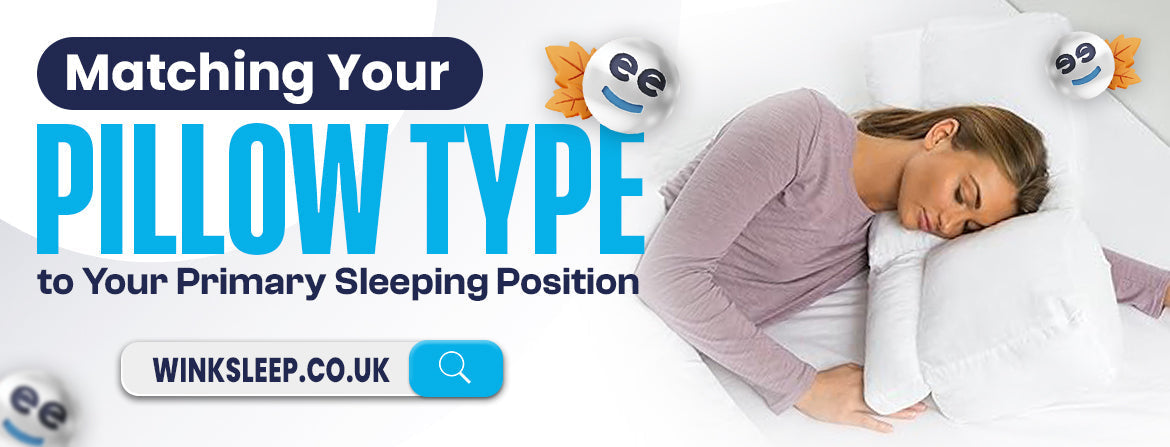The perfect kids' mattress grows with them! Learn how to choose the right firmness, size, and healthy materials to give your child years of supportive comfort!
High-quality sleep is paramount to the children, almost a magical juice that gives them immeasurable energy and boosts their immune system. But how can you ensure it? You guessed it - the mattress! Selecting the right mattress for your child can feel like getting lost in the puzzle of pillows, bouncy springs, and firmness levels.
The question may arise whether to go for firm or soft, innerspring, memory foam, or a hybrid. This is enough to make even the most experienced parent nervous. However, do not fret because we will lead you to select the right mattress that suits your child's needs by informing you about factors and tips for choosing an ideal one.
Let’s create a perfect sleeping setup for your little dreamer!
What to Think about when Choosing a Kids' Mattress?
Choosing a mattress for your child isn't just about fluffy comfort; it's about building a foundation for healthy growth. To complete your hunt successfully, let's explore the key factors to consider:
Firmness Levels
While selecting a mattress, choosing its firmness according to your child’s age is important to ensure their comfort. Let’s have a look at how to select one:
- Infants & Toddlers (0-3 years old): Firmness is your best partner when selecting an infant mattress. A firm mattress reduces the risk of SIDS.
- Preschoolers & School-aged Children (4-12 years old): Growing bodies need growing support! Medium-firm mattresses offer the perfect balance, keeping their spines aligned. Also, consider edge support to prevent tumbles and keep adventurers tucked in.
- Teenagers (13-18): Involving your teenagers in the mattress hunt is important! Let them test different firmness levels to discover their comfort zone. You can also consider their preferred sleeping positions – side sleepers might appreciate a softer surface, while back sleepers may need a firmer mattress for optimal spinal alignment.
Mattress Types
Kids' mattresses are built with different materials to cater to their various sleeping needs. Here are some common types that you may consider:
- Innerspring: The classic choice, offering good air circulation and bounce. Though, it may not conform as snugly to your child's curves.
- Memory Foam: Memory foam relieves pressure and hugs the body but can trap heat. Latex foam offers similar comfort with better breathability, making it a warm sleeper's dream.
- Hybrid: The best of both worlds! Combines innerspring support with foam comfort layers for a balanced sleep experience.
Allergies and Hypoallergenic Materials
Kids are more vulnerable to allergies than adults, and their growing immune systems can get easily irritated by typical allergens found in mattresses. These allergens can include:
- Dust mites: Creatures that live in dust and feed on dead skin cells.
- Mold and mildew: They can thrive in moist or humid environments, such as within the mattress.
- Latex: Some mattresses contain a naturally occurring material that some individuals may be allergic to.
What You Can Do?
To tackle allergies, here are some options you can use:
- Hypoallergenic materials: Look for mattresses made from dust-mite-resistant fabrics and fillings such as encasements or wool. Also, select breathable items that do not trap moisture and mold.
- Waterproof covers: These protect against spills, accidents, and dust mites in search of a moist environment.
- Regular Cleaning: Regularly vacuum your mattress whenever possible and allow it to air. Wash covers and bedding with hot water to eliminate allergens.
Size and Fit
In the UK, choosing the right mattress size for your child isn't just about comfort; it's about ensuring proper sleep posture and space for growth. Here are some size considerations to look for:
- Cots and cribs for newborns and infants should be a close fit size-wise to prevent babies from getting limbs or heads stuck between the mattress and bars. The mattress should be less than 15 cm thick.
- Toddler beds and mattresses for ages 1-3 should allow for growth. Recommended mattress sizes are 140 x 70 cm. Depth should be 10-12 cm.
- Children's single beds for ages 3+ often use a standard 90 x 190 cm single mattress. However, ‘mid-sleeper’ beds with an underbed may use a shorter 140 x 70 cm mattress. Depth is typically up to 18cm.
- Bunk beds should have appropriate mattresses for upper and lower beds so children cannot fall out of bed. Guard rails provide added safety. Lower bunk mattresses are often 140 x 70 cm.
- When choosing mattress size, allow 20 cm length growth and consider the child's height and weight over the next few years.
Durability and Safety
When selecting a mattress, balancing between quality and budget is not easy. But it is achievable if you use the following tricks:
- Set realistic expectations: Quality kids' mattresses have a costly price tag. Specify your budget and explore choices within that cost bracket. Keep in mind that quality does not necessarily mean expensive.
- Search alternatives: Try online shops or discount stores that sell cheap stuff of some good brands. Seek sales and clearance promotions to find a steal.
- Second-hand Option: A second-hand mattress can also be cheap and effective, but only if it is in good condition and safe.
Best Kid’s Mattress To Choose From
Now you have discovered the factors you need to consider while selecting a mattress, it’s time to shop for the best mattress from our collection:
East Coast Crib Foam Mattress with Wipe Clean Cover
The East Coast crib mattress features a durable, waterproof wipe clean cover over high-density, hypoallergenic foam, providing a supportive sleep surface for your baby that's easy to keep clean. This lightweight mattress meets all UK safety standards and fits all standard cribs and toddler beds.
Memory Foam Mattress Pocket Sprung Mattress with 3D Breathable Fabric.
This medium-firm memory foam and pocket-sprung mattress combines conforming memory foam with individually wrapped coils for tailored support. It's encased in a knit fabric cover infused with cooling yarns and 3D spacer fabric for enhanced breathability.
Cool Blue Memory Foam and Open Coil Mattress
The cool blue mattress combines contouring memory foam with durable open coils for comfort and support your child can grow on. Its breathable knit cover in fun, cooling blue helps regulate temperature for restful sleep. It also meets all safety standards and perfectly fits your child’s new bed frame.
Premium Hybrid Pocket Sprung Memory Mattress
This premium mattress pairs the customised support of pocket springs with the pressure relief of memory foam for growing bodies. Its adaptive dual comfort layers provide cool, conforming comfort to cradle your child, while the soft knit cover offers breathability
Final Words
Choosing the perfect mattress for your child goes beyond comfort to promote health. Consider age-appropriate firmness for support, hypoallergenic materials for sensitive skin, and easy-clean covers that encourage hygiene.
Research different mattress types and read reviews to make an informed investment in your child’s quality sleep. The right mattress isn’t just supporting your child’s growth—it’s nurturing happy development for years, gifting peaceful nights.
Explore a Wide Variety of Kids’ Mattresses at Winksleep and Choose One That Perfectly Meets Your Child’s Sleeping Needs!
FAQs
What is the ideal mattress size for a child?
The ideal size for a child in the UK is typically a single mattress, which measures 90 x 190 centimeters.
How firm should a mattress be for a child?
It's generally recommended to choose a medium-firm mattress to provide proper support for a child's developing spine.
Are memory foam mattresses safe for children?
Yes, memory foam mattresses are safe for children, but it's essential to ensure they are CertiPUR-US certified to guarantee non-toxic materials.
How often should a child's mattress be replaced?
On average, a child's mattress should be replaced every 7-10 years or sooner if signs of wear and tear, discomfort, or allergies arise.
 Build Your Bed
Build Your Bed
 Request FREE Swatches
Request FREE Swatches
 Fast Delivery on Every Product
Fast Delivery on Every Product  Klarna 0% Finance
Klarna 0% Finance  5 Year Manufacturer's Guarantee
5 Year Manufacturer's Guarantee 










